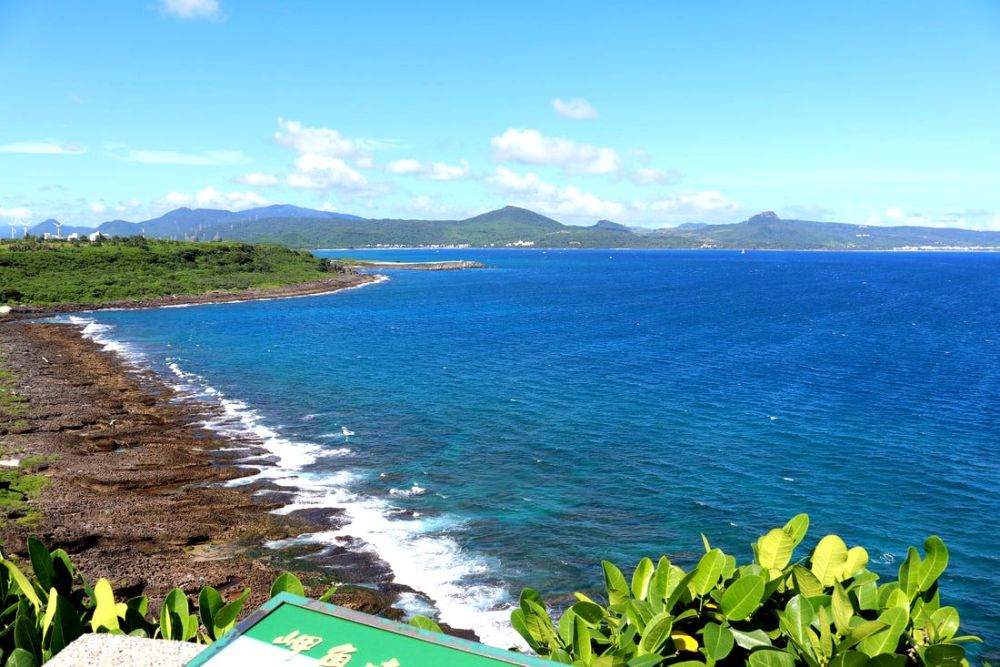

Nestled on the southernmost tip of Taiwan, Maobitou Park is renowned for its distinctive coastal scenery and the iconic cat-shaped rock that stands as its signature landmark. The park is located in the Hengchun Peninsula of Pingtung County and has been a magnet for tourists seeking to experience the raw beauty of Taiwan's natural landscapes.
The history of tourism at Maobitou Park can be traced back to the mid-20th century when the area slowly began gaining recognition among local travelers for its clear waters and stunning geological formations. Initially, the park was frequented by small numbers of domestic visitors, mainly nature enthusiasts and adventurers keen to explore the untamed beauty of Taiwan's southern coastline.
With the advancement of Taiwan's infrastructure and the growing interest in ecotourism, Maobitou Park witnessed a steady increase in visitors over the decades. The introduction of organized tours and the enhancement of park facilities, including observation platforms and walking trails, contributed to making the park more accessible and tourist-friendly.
From the 1990s onward, Taiwan's government took active steps to promote the island as a destination for international tourism. The establishment of the Kenting National Park in 1984, which encompasses the Maobitou area, marked a significant milestone, catapulting the profile of the region on the world stage. This move helped preserve the natural environment while balancing the needs of the tourism industry.
The turn of the millennium saw Maobitou Park emerge as a highlight of Taiwan’s tourist attractions. Its unique combination of cultural significance and natural beauty appealed to a diverse audience, ranging from history buffs and marine life enthusiasts to photographers and sightseers.
In recent years, Maobitou Park has seen a new wave of tourism trends. Sustainable tourism practices are being emphasized more than ever, with efforts to minimize the environmental impact of visitors and to educate them about the local ecosystem and conservation.
Another trend is the growing popularity of experiential travel; tourists are seeking immersive experiences that allow them to connect with the local culture and environment. Local culinary tours, indigenous culture experiences, and eco-friendly accommodations are attracting a new demographic of socially conscious travelers.
Smart tourism is also on the rise, with the adoption of digital tools and mobile technology enhancing the visitor experience. Tourists can now access comprehensive guides, GPS navigation, and even augmented reality features through their devices, making self-guided tours more popular and interactive.
Maobitou Park in Pingtung, Taiwan, is a testament to the harmonious blend of natural wonders and tourism development. Its history stretches from modest beginnings to becoming a beacon for global travelers seeking both adventure and tranquility. The park's continuous evolution, shaped by the needs and interests of the modern tourist, ensures that it remains a cherished destination for years to come.